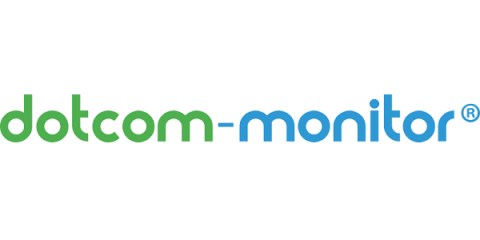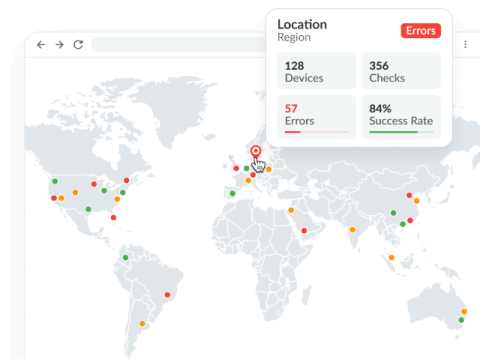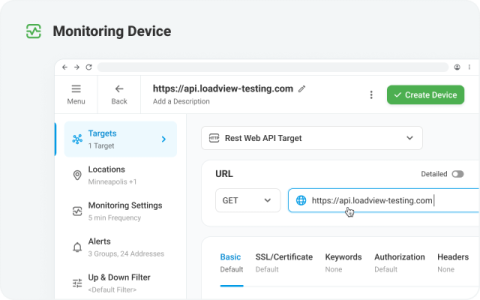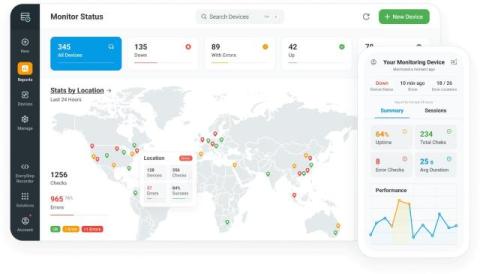How to Monitor Website Uptime in 2025
Building trust with your users is a cornerstone of business success, and a reliable, high-performing website is a big part of that trust. When your site is accessible whenever users need it, you’re sending a message of reliability and professionalism. With a website uptime monitoring tool, you can ensure your site remains dependable and user-friendly which builds the confidence your users need.






